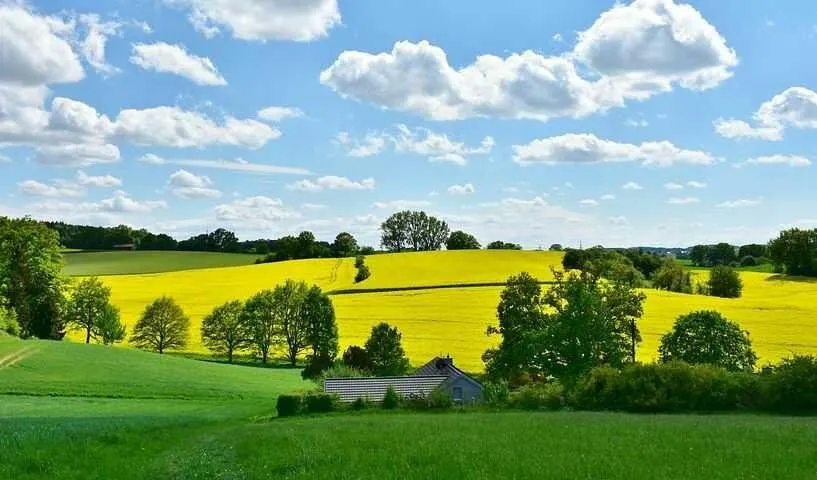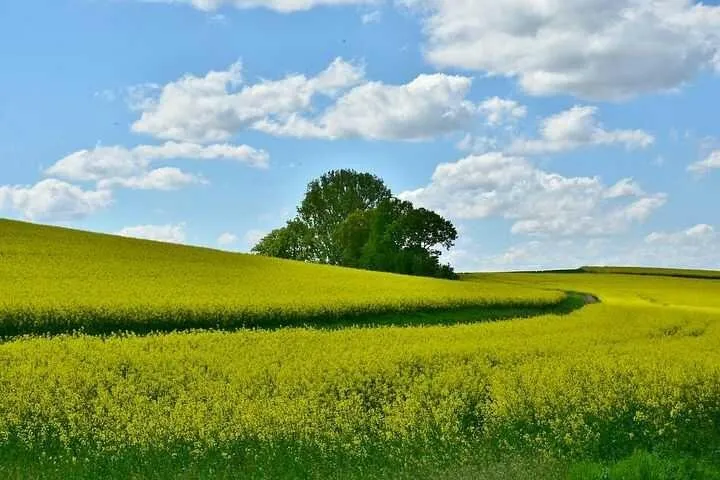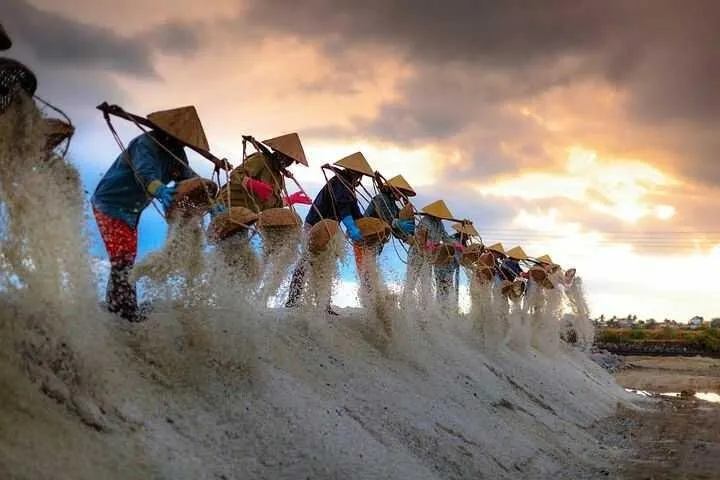After floods, the farmers are producing seedlings in the floating seed bed to solve the problem of paddy straw: Agriculture Information Service: 3 percent water and 1 percent of Bangladesh's land. Floods can be seen in different places in the country due to monsoon winds due to excessive rainfall and hailstorm. As a result, crops, fruits and other crops are badly damaged in the house courtyard of the farmers' fields, due to transplantation of aman, bona-aman and vegetables, which is a regular casualty for this country. But there is no reason to panic. Because the people of Bengal have learned to live without facing the storm. The agricultural sector of Bengal is going forward with a hostile environment.

picture source
Bangladesh Agricultural Research Institute, Bangladesh Rice Research Institute, various agricultural research institutes have been inventing different technologies to overcome these losses. Through the application of modern agricultural technologies, the farmers can take care of floods by implementing these information technologies through the Department of Agricultural Extension.
Due to climate change and disaster prone areas, our country will be flooding repeatedly. Therefore, we must always be ready to face the challenge of agricultural development and prosperity and through cultivation through modern agricultural technology, we will have to recover the wounds. Before flooding, during the floods and especially in the post-flood period, the useful consideration of plant crops will help us to compensate for the loss of our flood. For further details, you have the experts of the Department of Agricultural Extension. Working on their advice will take time, costs will be lower, profit will be high. We will face the natural disasters of floods, and we will face them properly and will lead our agriculture forward. To prove the prosperity of agriculture is to prove that prosperity. In brief, some suggestions have been given regarding flooding and flooding.
As soon as the flood flows in some places in the country, flooding of these varieties can be arranged rapidly with the cultivation of Nabi varieties such as Najirshail, Destiny, Latishail, Gandhishail, Tapa and Mukatsala, BR 22, 23, BRRI 46. If the flood water comes down, then the seeds of these vegetables can be sown in the dry soil, red meat, mulasakh, spinach and coriander. If you are a little aware then these crops can be planted and benefited more than once in the same field. In order to get the crop, cauliflower, cabbage, pakakapi, olekapi, gooseberry, tomato and eggplant seedlings can be made in polythene souvenirs, so that after planting, the plants can be planted in the original soil. Apart from this, maize, mustard, wheat, potato, masakalai, khesari, peas can be sifted directly.

pic source
The cultivation of floating vegetables-vegetables is getting quite popular lately. So, making bed with tasteless water, vegetable cultivation, vegetable seed production and vegetable cultivation can be done effortlessly. Product quality is also very good. Where the flood waters are delayed, there is a need to create a seed bed in a high free forest. In the absence of the high places, the seedling of the banana tree or clay can be made from clay with a cloth and tied with poles or trees. Saplings grown in Sapatla can be grown in two weeks and planted on land;
Saplings can be sown by sowing in the seed bed till the middle of Bhadra of the local Aman rice variety, including the Nabi rice bronze BR-22, BR-23, Najirshail, Nishailal, Latishail, Gandhishail, Panishal and Mukutshal; If the plant is affected by flooding, then it will be washed and sprinkled with water. According to the advise of the local agricultural office for speedy survival of the surviving plants, 7-8 kg urea and 5-6 kg potash fertilizer should be applied on the above basis; To fill some empty spaces in the good land of the land and fill the vacant / empty space. Soon after the flood water is removed, the leaves of the leaves should be cut from 8 to 10 centimeters or 3 to 4 inches in advance and sprayed pesticides, at an approved level.
If the seedlings are not found, local varieties of Aush paddy such as Hasnicom, Saita, Garia, Gianja, Groundnut seeds can be sown in the middle of the ashwin; In the case of transplantation, seedlings of 50 to 60 days of age can be planted by 7 to 8 cusps in mid-midseens.
If the roots of the jute are cut, then the new varieties of jaggery can be produced from them; Without flooding, the cultivators of wheat, larkas, stems, pans, mustard seeds, coriander, corn, mustard, masakalai, khesari, potato can be cultivated; Beans, salts, etc. At the beginning of these vegetables, water can be planted on the ground once the water turns away, leaving the plants open in the clay or clay.
If there is lack of floating seedbed or dry place during the flood, then advance seedlings can be grown in the tub, clay, wooden box, cut drum, plastic drum, old tin, polybag and banana flour, cauliflower, tomato, brinjal, cauliflower and chilli; Besides, planting plants should be planted in high places or after harvesting of vegetables.
Planting of flood waters can be cultivated for cultivation. To minimize partial damaged vegetables and other crops, reduce soil moisture by mixing dry ash and apply a small quantity of urea and potash; During the flood, the seeds saved in the sun should be stored in the shade and saved again; The drainage system should be constructed for drainage of seedlings.
If necessary, you can get tied with a piece of clay to the right height. Due to the early soil, the quantity of fertilizer should be increased.
After the flood, cotton seeds can be sown by cultivation and ladder or without the cultivating of dubbing. Cottonseed seeds in polybag or seed bed if neededSeedlings can be made.

picture source
Urea and potash fertilizers have to be applied when water is dropped from the ground; Before the land of sugarcane is flooded in the flood, it should be tightly tied with soil. If there is a possibility of loss of sugarcane in the water stream, at the right time, it is better to sow the seeds of rice. Extra pimples will be cut in the bush for old leaves 5-6 with a healthy poodle. To protect the Akhagacha from falling into the pomegranate, trees have to be tied; The livestock should be kept as high as possible. They can not feed polluted water or rotten water. After flooding the flood water, the cattle feed can not be eaten in any way; When the pond is submerged, the fish will be protected with a small spat or a bamboo fence. When the water is down, the pond should be repaired and the aquatic weeds should be cleaned. Apply 15-20 kg lime to bigha. Besides, fish food, fertilizers should be applied regularly and moderately. Fish health checks with nets.
Contact the upazila agricultural office or sub-assistant agricultural officer for detailed advice. Besides, you can call Krishi Call Center number 16123 and get any advice on agriculture.
word source